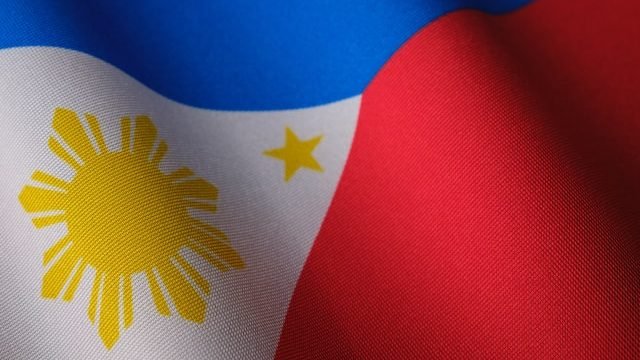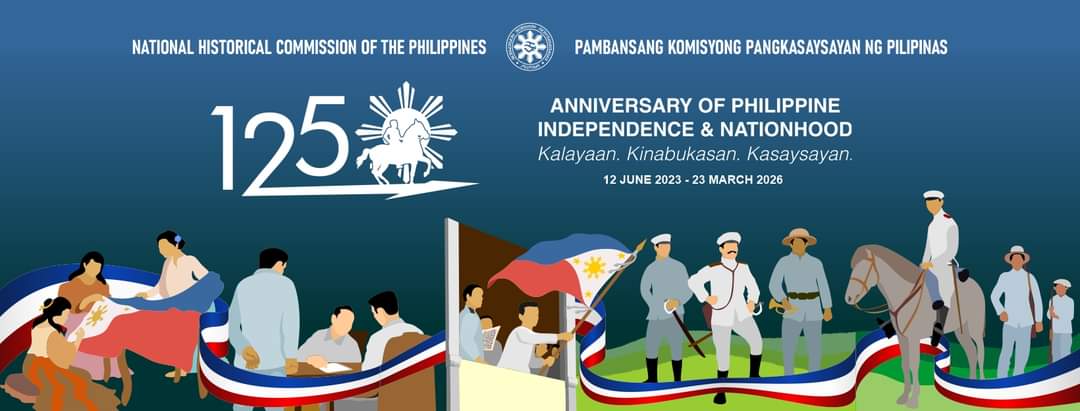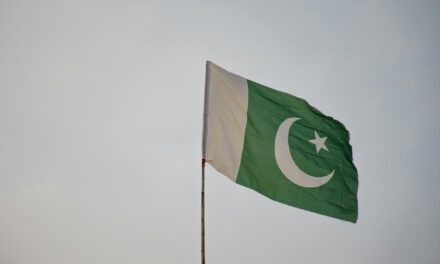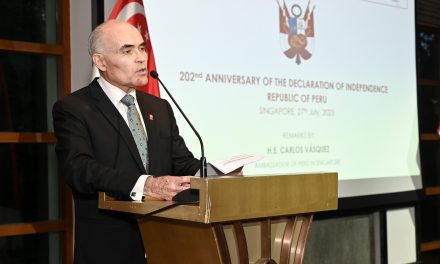Monday marks the 125th anniversary of Philippine independence from Spanish rule, which will be celebrated over three years to commemorate important milestones in the creation of the Southeast Asian nation.
The National Historical Commission of the Philippines will lead the country’s commemoration under the theme “Kalayaan. Kinabukasan. Kasaysayan.” or “Freedom. Future. History.” in English.
“The multi-year commemoration seeks to highlight the events and realities that gave birth to the Filipino nation from the proclamation of Philippine Independence on 12 June 1898 in Kawit, Cavite,” the Philippine Embassy in Singapore said, “up to the end of the First Philippine Republic on 23 March 1901 in Palanan, Isabela.”
“It also aims to raise from the regions and provinces across the Philippines their stories of revolutionary struggle and incorporate them into the national narrative of our independence and nationhood. The commemoration of this milestone likewise raises awareness among our people of our unique place in history as the earliest modern democracy and republic in Asia that espoused generally accepted ideals such as democracy, universal human rights, freedom, sovereignty, and self-determination as core values of the nation.”
The Philippines was under Spanish colonial rule from 1521 to 1898. The Spanish conquistadors, led by Ferdinand Magellan, arrived in the archipelago and established the first permanent settlement in Cebu.
Over time, the Spanish expanded their influence, converting the majority of the population to Christianity and establishing a centralized administration.
In the 19th century, a growing sense of Filipino nationalism began to take root. These feelings were partly fed by José Rizal, a renowned writer, poet, and philosopher.
Through his works, most notably his novels “Noli Me Tángere”, or Touch me Not, and “El Filibusterismo”, or The Reign of Greed, Rizal exposed the injustices and abuses committed under Spanish colonial rule, igniting a sense of national consciousness among Filipinos. The works we published in 1887 and 1891, respectively.
On June 12, 1898, General Emilio Aguinaldo, stood proudly in Kawit, Cavite, and raised the Philippine flag to proclaim the country’s independence from over three centuries of Spanish rule.
This declaration not only signified the triumph of Filipino spirit but also laid the foundation for the birth of the nation.
The Philippines then became the first republic in Asia, inspiring other countries in the region to seek their own independence. The Philippine–American War shortly followed the country’s independence.
The First Philippine Republic came to an end with the capture of its president, Emilio Aguinaldo, by American forces on March 23, 1901. Aguinaldo’s capture marked a turning point in the Philippine-American War, as it effectively dismantled the leadership and organization of the republic.
With the capture of its president and the subsequent surrender of other key Filipino leaders, the resistance against American rule weakened significantly. The Americans gradually established control over the country, implementing a colonial administration that lasted until the Philippines gained independence in 1946.

In celebration of the Philippines national day, we’ll be having some adobo for dinner with some halo-halo to finish it off at Diplomatic Network (Asia). DNA wishes all Filipinos a happy Independence Day.






